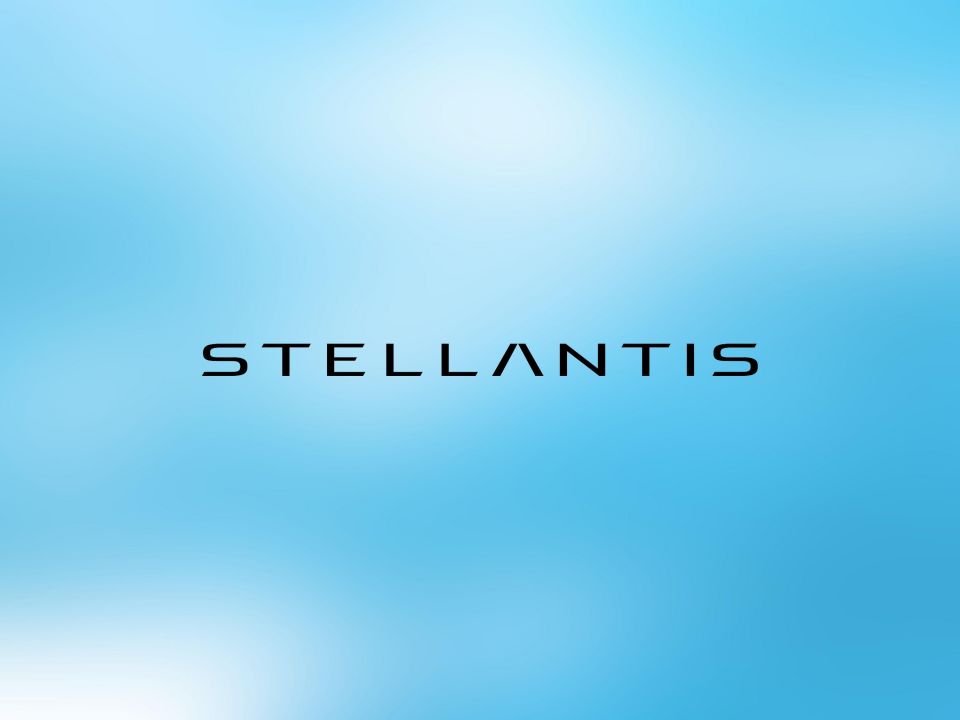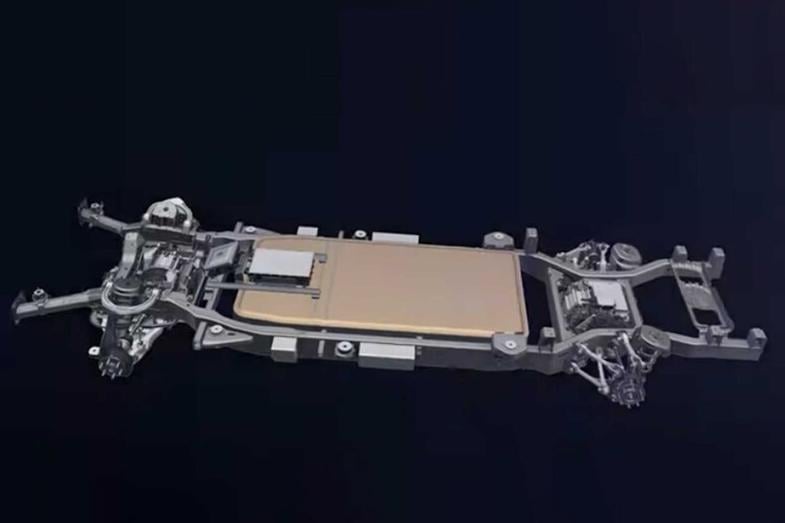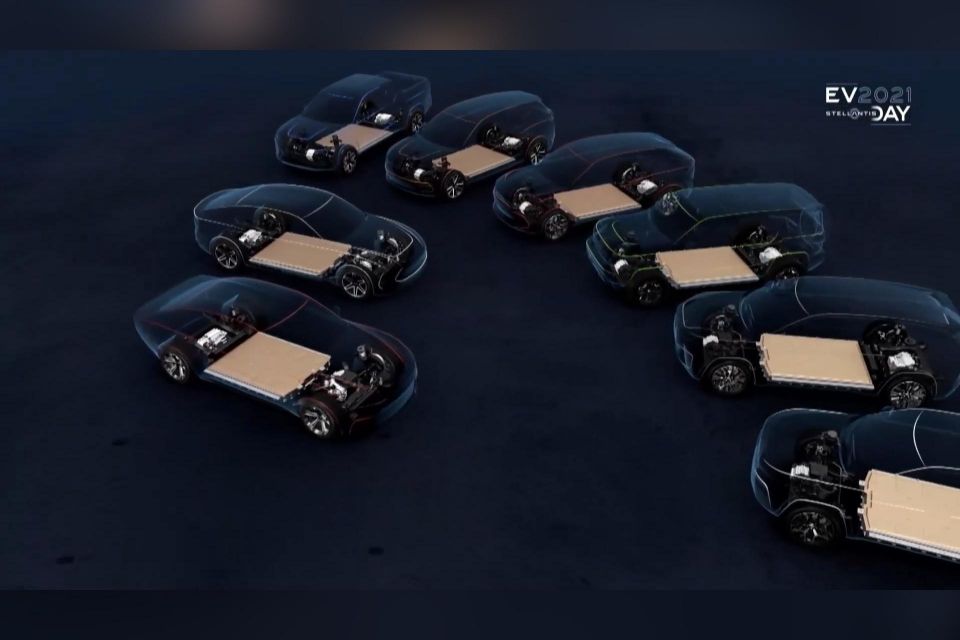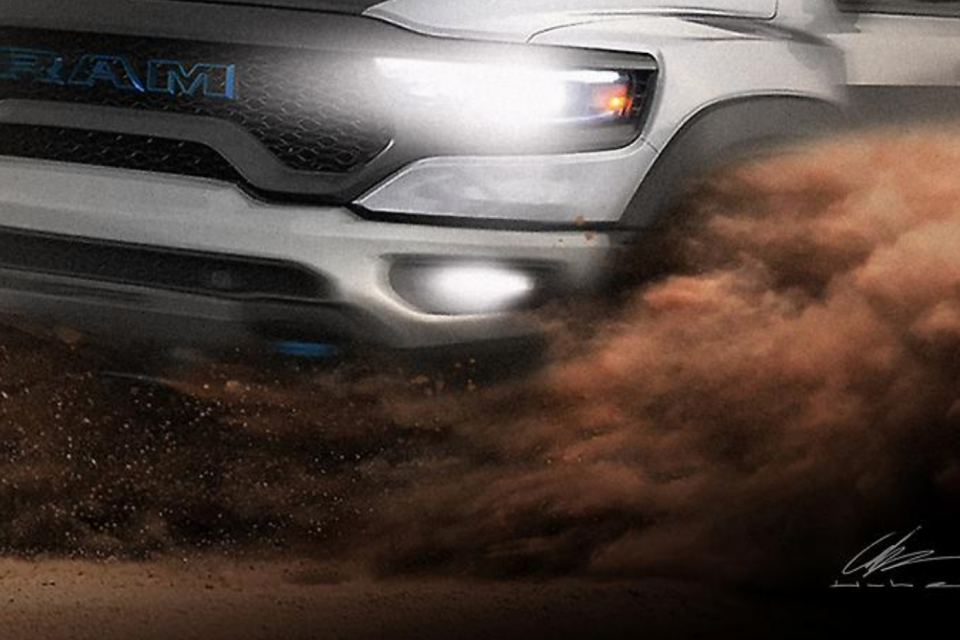

Max Davies
How Audi, BMW, Honda, Mercedes-Benz, and Suzuki started out in Australia, and where they are now
7 Hours Ago
Stellantis and LG Energy Solution have teamed up to establish a lithium-ion battery facility that's scheduled to begin production in 2024.

Contributor


Contributor
Stellantis and LG Energy Solution (LGES) have announced a joint venture that will oversee the establishment of a new battery ‘gigafactory’ in North America.
This facility will be tasked with the production of lithium-ion battery cells and modules for next-generation plug-in hybrid and electric vehicles from Stellantis’ North American brands.
The companies hope to have the groundbreaking ceremony for this new ‘gigafactory’ in the second quarter of 2022, with EV production to start in early 2024.
The annual output of this facility is predicted to be around 40 gigawatt hours. For context, Stellantis wants global production of 260 gigawatt hours, across five battery factories, by 2030.

The location of this new facility is currently under review and more details will be announced at a later date.
“Today’s announcement is further proof that we are deploying our aggressive electrification road map and are following through on the commitments we made during our EV Day event in July,” said Stellantis CEO Carlos Tavares.
The partnership between Stellantis (then FCA) and LGES (then LG Chem) isn’t a new one, as LG Chem supplied the first lithium-ion battery packs to the Chrysler Pacifica Hybrid back in 2014.
As the parent company of 14 brands, Stellantis is the world’s fourth-largest automaker after a merger of the former Fiat Chrysler Automobiles (FCA) and Groupe PSA in early 2021.

In addition to co-developing this battery manufacturing facility, Stellantis is planning to invest €30 billion (A$47 billion) through 2025 in electrification and software development.
It’s aiming for 70 per cent of its European sales to be “low emissions vehicles’ (hybrid or EVs) by 2030, as well as over 40 per cent of its U.S. sales.
Its fleet of next-generation EVs will use four different platforms:
Stellantis says it can produce up to two million vehicles per year on each platform, and each platform will be highly flexible in terms of length and width, as well as support fast-charging of up to 32km per minute.

The company will offer a family of three electric drive modules that combine the motor, gearbox and inverter, which can be oriented for front-wheel drive, rear-wheel drive, all-wheel drive, and ‘4xe’ layouts.
It’ll offer two different battery chemistries: a high energy-density option, and a nickel cobalt-free alternative by 2024. Solid-state batteries are projected to follow in 2026.
Eight vehicles will be introduced over the next three to five years. Stellantis has confirmed the STLA Large architecture will underpin the following:

The Stellantis empire comprises 14 brands: Abarth, Alfa Romeo, Chrysler, Dodge, DS, Fiat, Fiat Professional, Jeep, Lancia, Maserati, Opel/Vauxhall, Peugeot and Ram.
It currently offers all-electric vehicles across only the DS, Fiat, Fiat Professional, Opel/Vauxhall and Peugeot brands.
MORE: Stellantis plans €30 billion electric vehicle investment
Jack Quick is an automotive journalist based in Melbourne. Jack studied journalism and photography at Deakin University in Burwood, and previously represented the university in dance nationally. In his spare time, he loves to pump Charli XCX and play a bit of Grand Theft Auto. He’s also the proud owner of a blue, manual 2020 Suzuki Jimny.


Max Davies
7 Hours Ago


William Stopford
7 Hours Ago


Derek Fung
8 Hours Ago


Max Davies
15 Hours Ago


William Stopford
1 Day Ago


Ben Zachariah
1 Day Ago